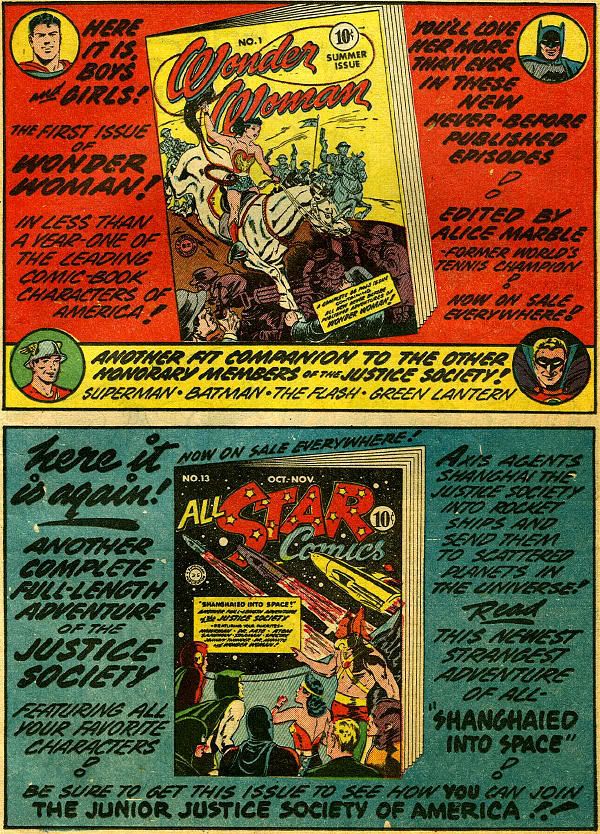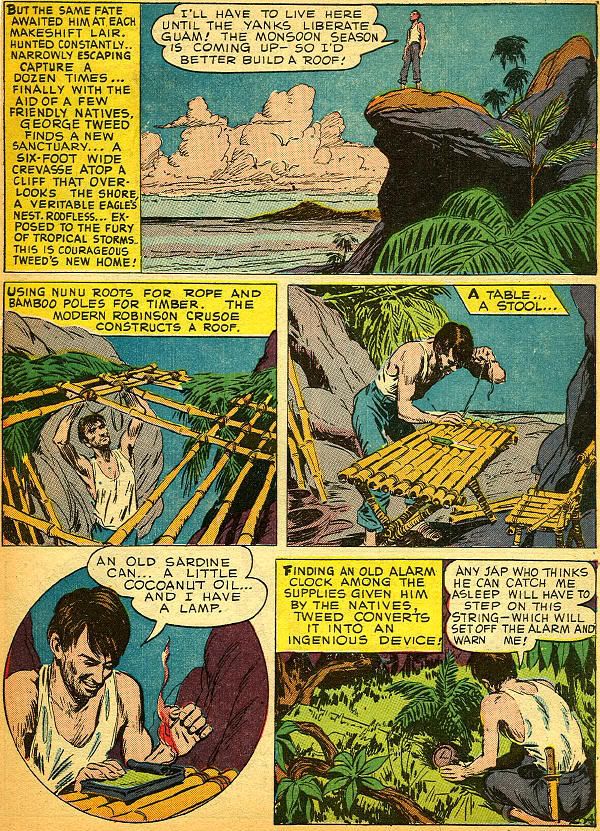
Number 226
Johnny Peril
Howard Purcell was a longtime artist at DC Comics, with a comic book career going back to 1940. He rarely signed his work. He drew this excellent cover of Showcase#30 in 1961, inked by Sheldon Moldoff. He also drew a strip I like, the Kirby-styled "Black Knight" feature from Marvel Super-Heroes #17 in 1968. He received credit for this one.
He also drew a strip I like, the Kirby-styled "Black Knight" feature from Marvel Super-Heroes #17 in 1968. He received credit for this one. Purcell was a comic book journeymen who labored over a drawing board for many years and drew a lot of features. This is one of his back-up "Johnny Peril" strips for All-Star Comics. This particular episode appeared in #45, February-March 1949. The art is moody and effective, and the story, a variation on Aladdin's lamp from The Arabian Nights, sent me into a fantasy world for awhile. What would I wish for if I had a genie? Hey, I'm not greedy. For starters, I think 10 mint copies of Action Comics #1, which I'd auction off, one a year.
Purcell was a comic book journeymen who labored over a drawing board for many years and drew a lot of features. This is one of his back-up "Johnny Peril" strips for All-Star Comics. This particular episode appeared in #45, February-March 1949. The art is moody and effective, and the story, a variation on Aladdin's lamp from The Arabian Nights, sent me into a fantasy world for awhile. What would I wish for if I had a genie? Hey, I'm not greedy. For starters, I think 10 mint copies of Action Comics #1, which I'd auction off, one a year.
Page 1 / Page 2 / Page 3 / Page 4 / Page 5 / Page 6 / Page 7 / Page 8





















































